Table of Contents
Introduction to Dill Seed
When it comes to spices, few have the unique charm of dill seed. This small but mighty seed has been a staple in kitchens worldwide for centuries, prized for its distinctive flavor and versatility. Whether you're new to spices or a seasoned chef, dill seed might just become your new favorite ingredient.
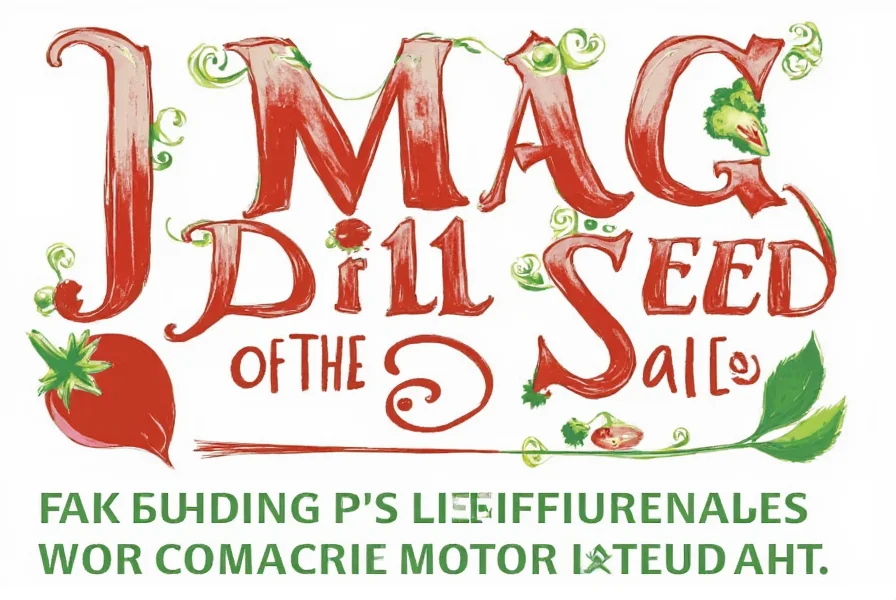
Dill seed comes from the dill plant (Anethum graveolens), native to the Mediterranean region and western Asia. It has been used in culinary and medicinal applications for thousands of years. Unlike dill weed (the leafy part), dill seed offers a more concentrated flavor that's perfect for pickling, baking, and adding depth to savory dishes.
Spice Basics: What You Need to Know
If you're new to the world of spices, here's a quick rundown on what makes dill seed stand out:
- Origin: Dill seed is typically grown in regions with warm climates, including the Mediterranean, India, and parts of Eastern Europe. The plant thrives in sunny, well-drained soil.
- Taste Profile: It offers a slightly bitter, grassy, and anise-like flavor with a hint of citrus, making it perfect for both mild and bold dishes.
- Usage: This seed can be used whole, ground, or as part of a spice blend. It pairs well with pickles, breads, soups, and roasted vegetables.
- Aroma: When freshly ground, dill seed releases a warm, inviting scent that can transform any dish into something special.
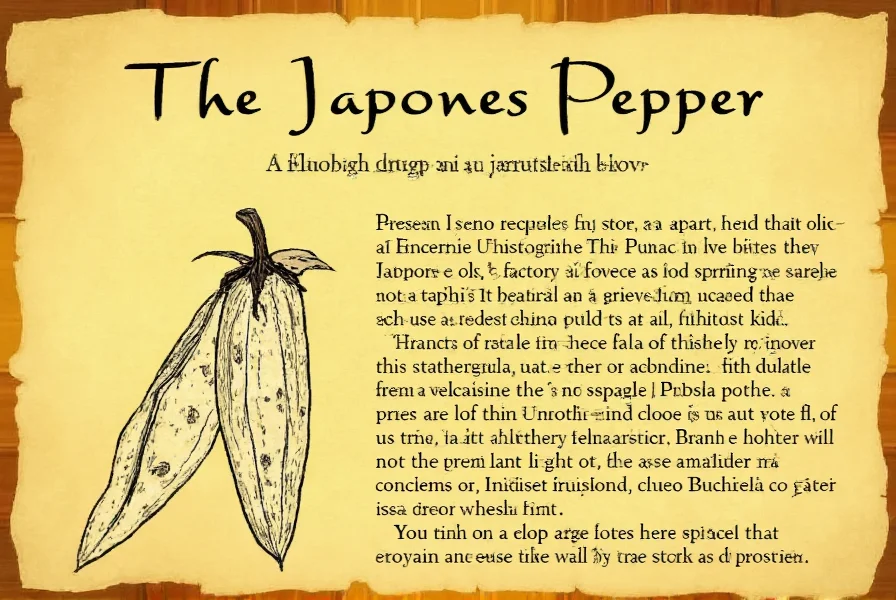
Understanding these basics can help you make the most of dill seed in your cooking. It's a great example of how a small spice can have a big impact.
Practical Tips for Using Dill Seed
Whether you're a beginner or an expert, here are some practical tips to get the best out of dill seed:
- Toast Before Use: Toasting the seeds lightly before grinding enhances their aroma and flavor. Use a dry pan over medium heat for about 30 seconds to a minute.
- Grind Fresh: For maximum flavor, grind the seeds just before use. A mortar and pestle or a spice grinder works best.
- Pair Smartly: Dill seed complements other warming spices like cumin, coriander, and mustard seeds. Try it in your next pickling recipe or roasted vegetable mix.
- Use in Baking: Don't limit it to savory dishes—try adding a pinch to rye bread, crackers, or even some sweet breads for a subtle, aromatic touch.
- Experiment with Infusions: Steep the seeds in hot water or oil to create a flavorful base for dressings or marinades.
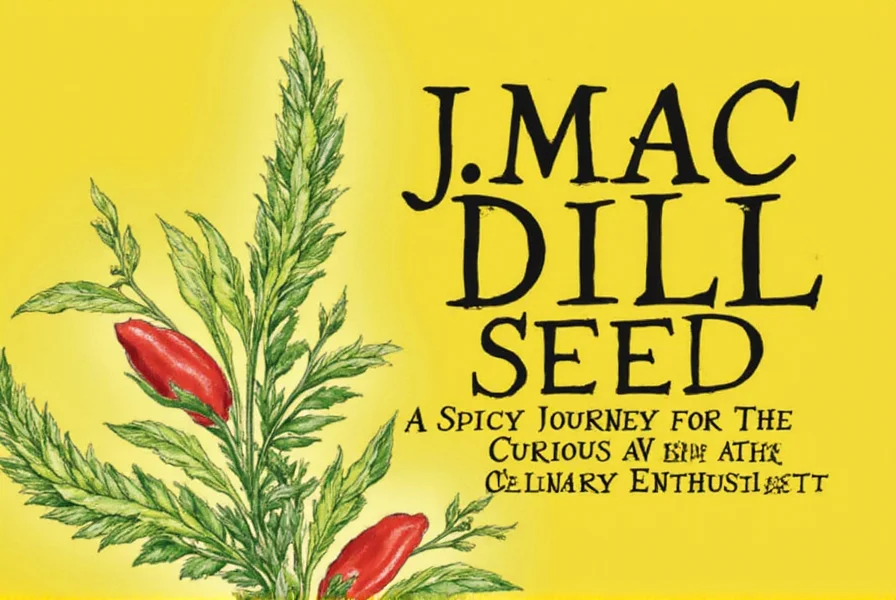
These tips will help you unlock the full potential of dill seed. Remember, a little goes a long way, so start small and adjust to your taste.
Comparison with Other Seeds
Now that you know more about dill seed, let's compare it with some other common seeds to see where it fits in the spice world:
| Seed | Flavor Profile | Best Used In | Heat Level |
|---|---|---|---|
| Dill Seed | Slightly bitter, grassy, anise-like with citrus notes | Pickling, breads, soups, roasted vegetables | Mild |
| Cumin | Earthy, smoky, slightly bitter | Curries, tacos, chili | Moderate |
| Coriander | Lemony, citrusy, slightly sweet | Indian curries, salads, fish | Mild |
| Fennel | Anise-like, sweet, licorice flavor | Bread, sausage, roasted vegetables | Mild |
| Mustard | Pungent, sharp, slightly spicy | Marinades, dressings, sauces | Medium to Hot |
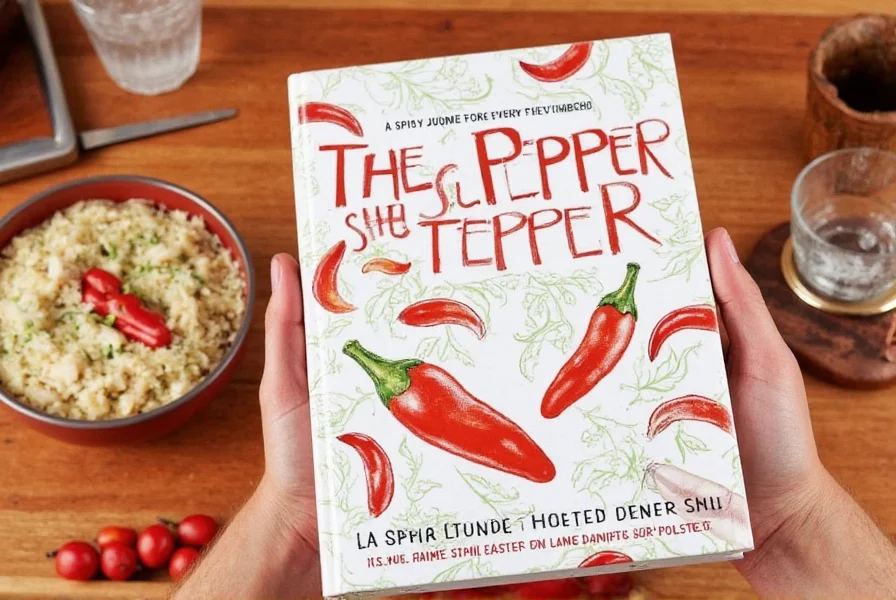
As you can see, dill seed stands out for its unique balance of earthiness and citrus notes. It's a versatile choice that can elevate a wide range of dishes without overpowering them.
Buying Guide: How to Choose the Best Dill Seed
With so many options available, it's important to know what to look for when buying dill seed. Here's a detailed guide to help you choose the best one:
Features to Look For
- Whole vs. Ground: Whole seeds tend to retain more flavor and freshness. If possible, buy whole seeds and grind them yourself.
- Source: Look for seeds from reputable suppliers or organic farms. The origin can affect the quality and taste.
- Shelf Life: Store your dill seed in an airtight container away from light and heat to preserve its potency.
Advantages and Use Cases
Dill seed is ideal for:
- Enhancing the flavor of pickled vegetables and cucumbers
- Adding depth to breads like rye or sourdough
- Creating traditional spice blends for Eastern European and Middle Eastern cuisines
- Infusing oils or vinegars for homemade dressings
Target Audience and Suitable Occasions
This seed is perfect for:
- Home cooks who love traditional pickling and baking
- Health-conscious individuals looking for natural seasonings
- Professional chefs wanting to add authentic flavor to dishes
- Anyone exploring global cuisines and traditional recipes
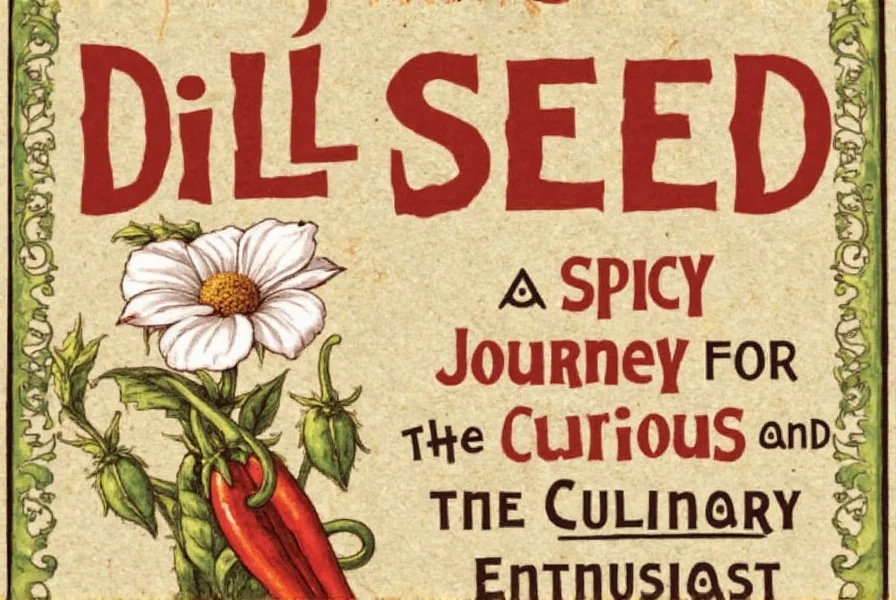
The key to enjoying dill seed is finding high-quality seeds that match your taste preferences and cooking style. Once you find the right one, you'll wonder how you ever cooked without it.
Frequently Asked Questions
What exactly is dill seed?
Dill seed is the dried seed of the dill plant (Anethum graveolens), a member of the parsley family. It has been used for centuries in culinary and medicinal applications, particularly in Mediterranean and Eastern European cuisines. Unlike dill weed (the leafy part), dill seed offers a more concentrated, slightly bitter flavor with anise-like notes.
How does dill seed differ from dill weed?
Dill seed and dill weed come from the same plant but have different flavors and uses. Dill weed (the leaves) has a fresh, grassy, and herbaceous flavor, while dill seed has a more intense, slightly bitter, and anise-like taste with citrus notes. Dill weed is typically used fresh or dried in salads, soups, and sauces, while dill seed is better suited for pickling, baking, and spice blends where a stronger flavor is needed.
What foods pair best with dill seed?
Dill seed complements a wide variety of foods. It works exceptionally well with cucumbers (for pickling), potatoes, carrots, fish, seafood, eggs, and breads. For unexpected pairings, try it with roasted beets, in potato salad, or even in certain bread recipes where its subtle anise notes can shine. It's also a key ingredient in traditional Indian and Middle Eastern spice blends.
How should I store dill seed to maintain freshness?
For optimal freshness, store dill seed in an airtight container away from direct sunlight and heat sources. Whole seeds will retain their flavor for up to 2 years when stored properly, while ground seeds should be used within 6 months. For extended shelf life, consider storing in the refrigerator or freezer, but be sure to let the container reach room temperature before opening to prevent moisture condensation.
Can dill seed be used in place of other spices?
Yes, dill seed can substitute for several spices depending on the recipe. It works as a milder alternative to fennel seed in breads and stews, can replace some coriander in spice blends, and serves as an interesting alternative to caraway in Eastern European dishes. When substituting, start with half the amount called for and adjust to taste, as its flavor profile is more nuanced than many single-purpose spices.
Is dill seed suitable for special diets?
Absolutely. Dill seed is naturally gluten-free, vegan, and paleo-friendly. It contains no additives or preservatives, making it suitable for most dietary restrictions. It's also low in calories while providing trace amounts of dietary fiber, calcium, and manganese. For those following specific health protocols, it's always advisable to check with your healthcare provider, but generally, it's considered a wholesome addition to most diets.
Conclusion
Dill seed is more than just a spice—it's a gateway to new culinary experiences. With its rich history, unique flavor profile, and versatility, it's a must-have for any spice rack. Whether you're a seasoned pro or a curious beginner, this seed has something to offer.
Remember, the secret to great cooking lies in the details—and sometimes, that detail is a single seed. So why not give dill seed a try? You might just discover a new favorite ingredient.
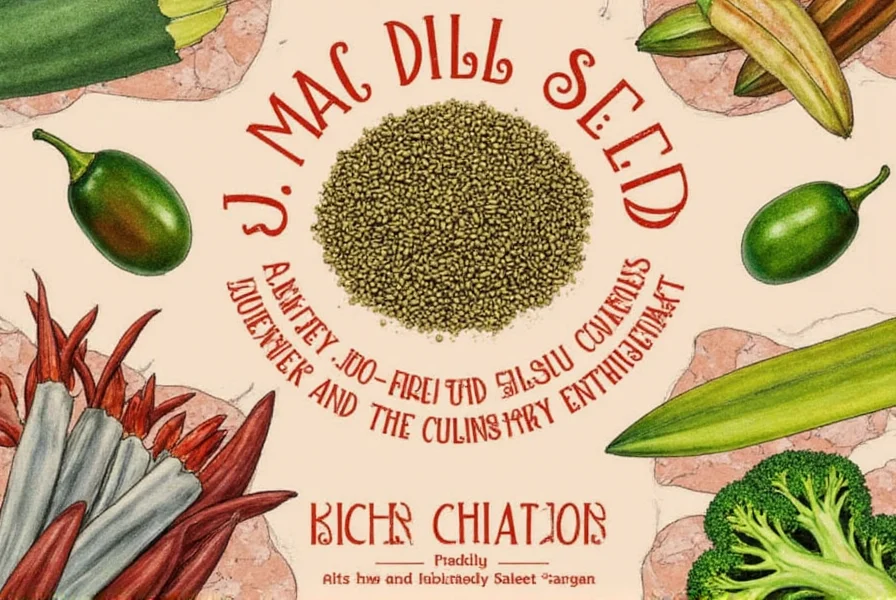
And if you're wondering, yes, there's a reason why people are talking about dill seed—it's got that rare combination of flavor, aroma, and versatility that makes it stand out in the world of spices.

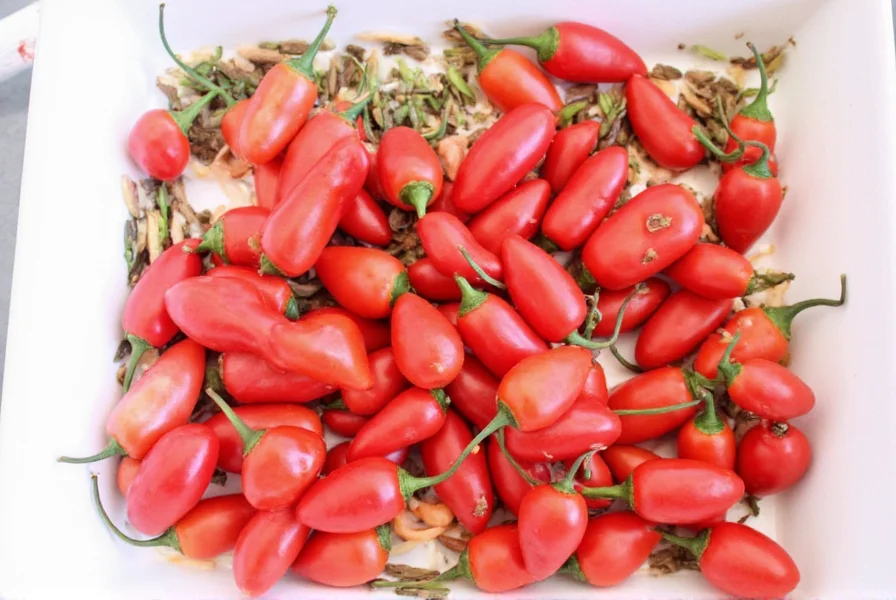









 浙公网安备
33010002000092号
浙公网安备
33010002000092号 浙B2-20120091-4
浙B2-20120091-4